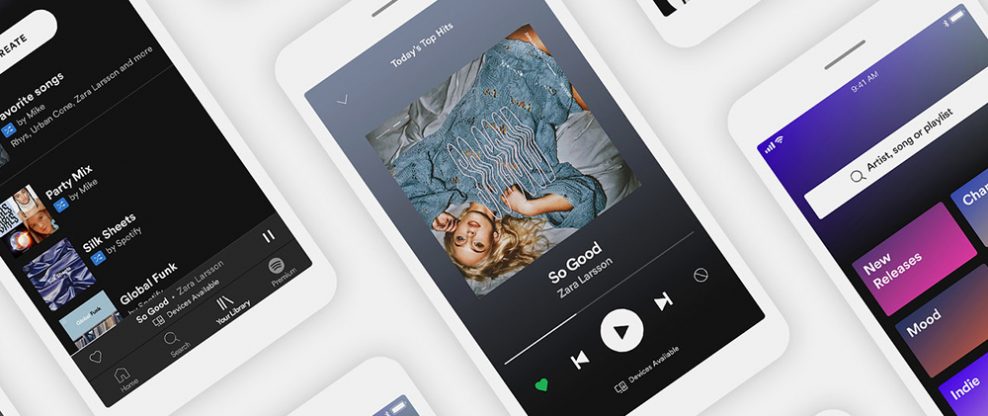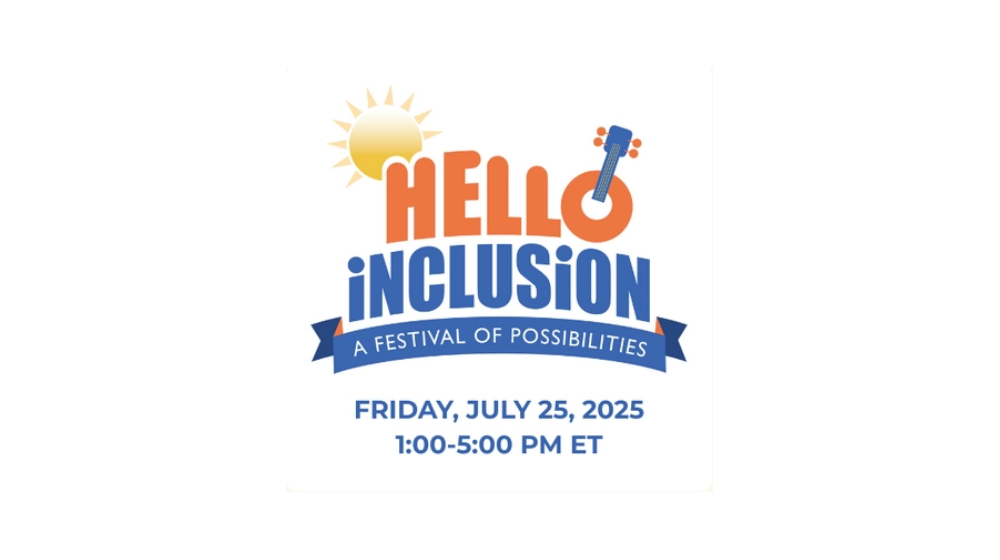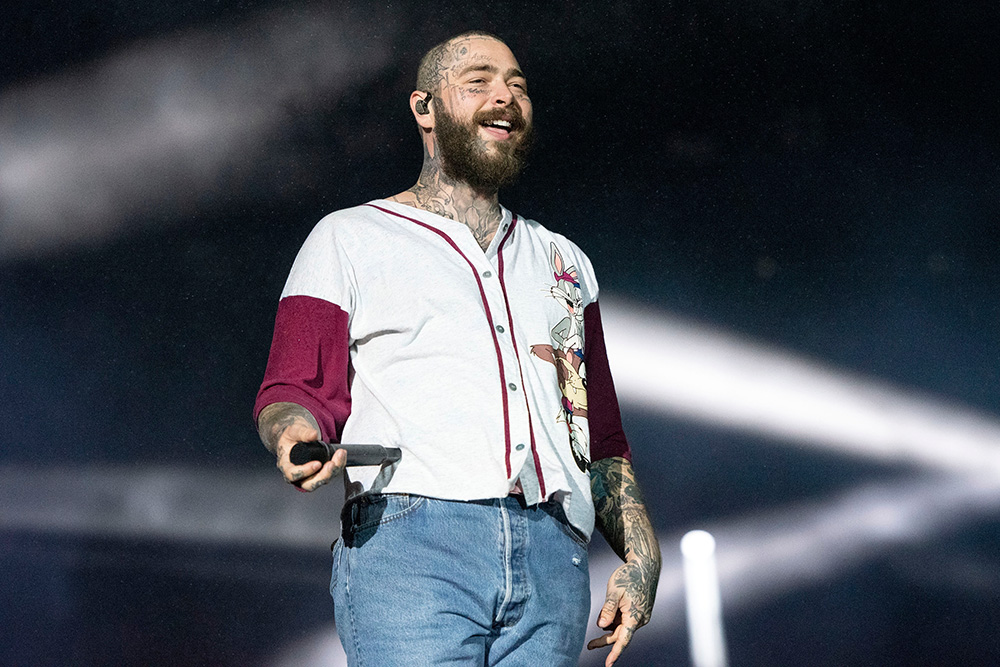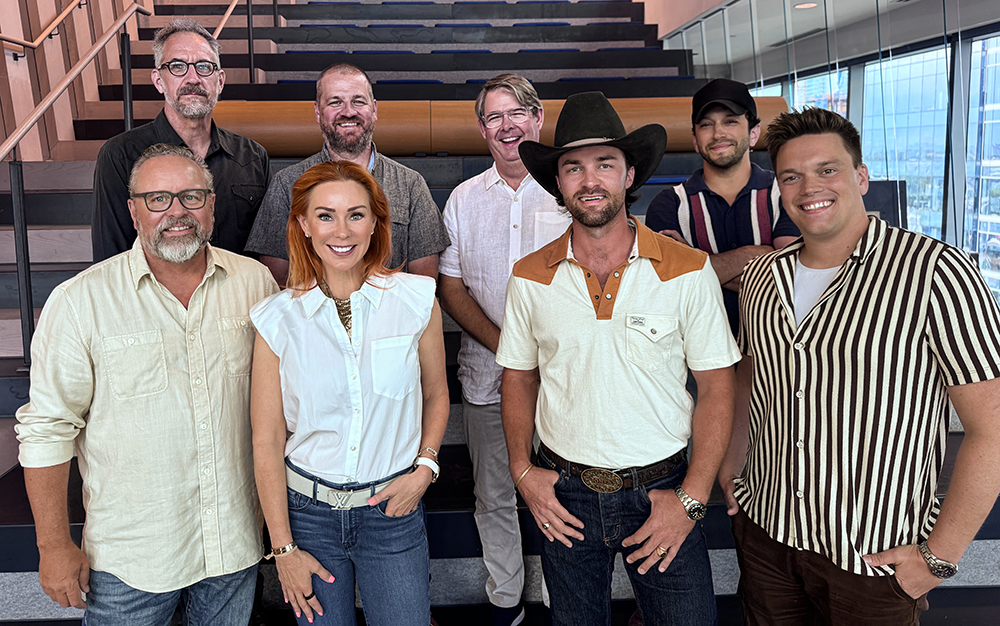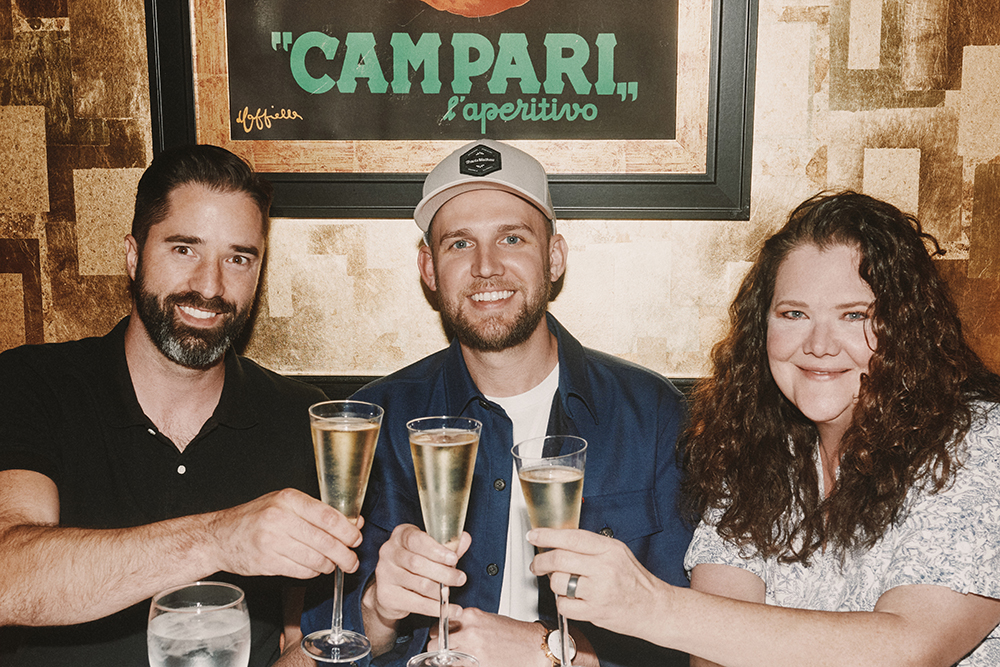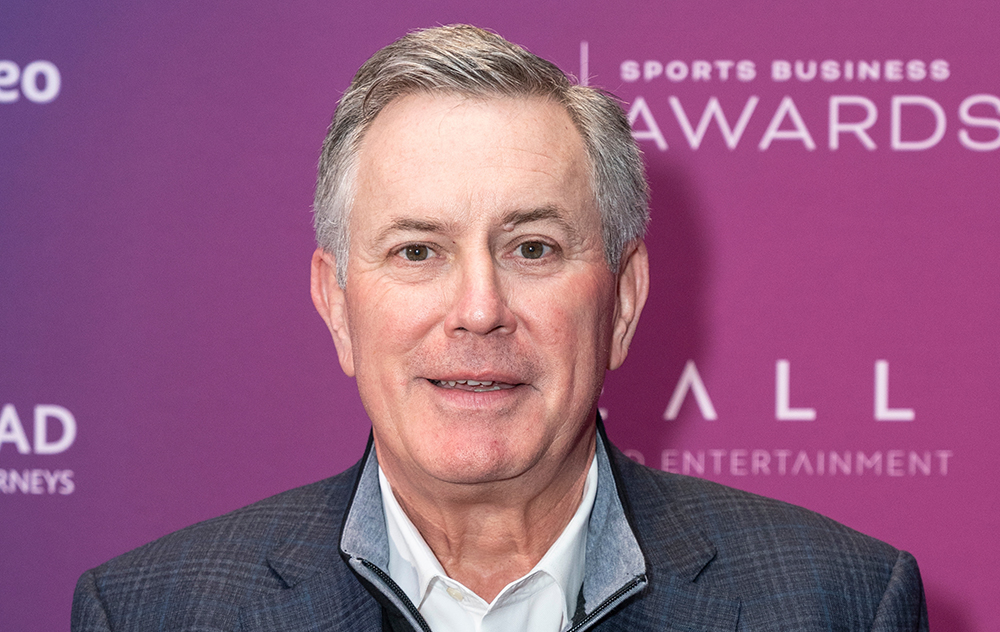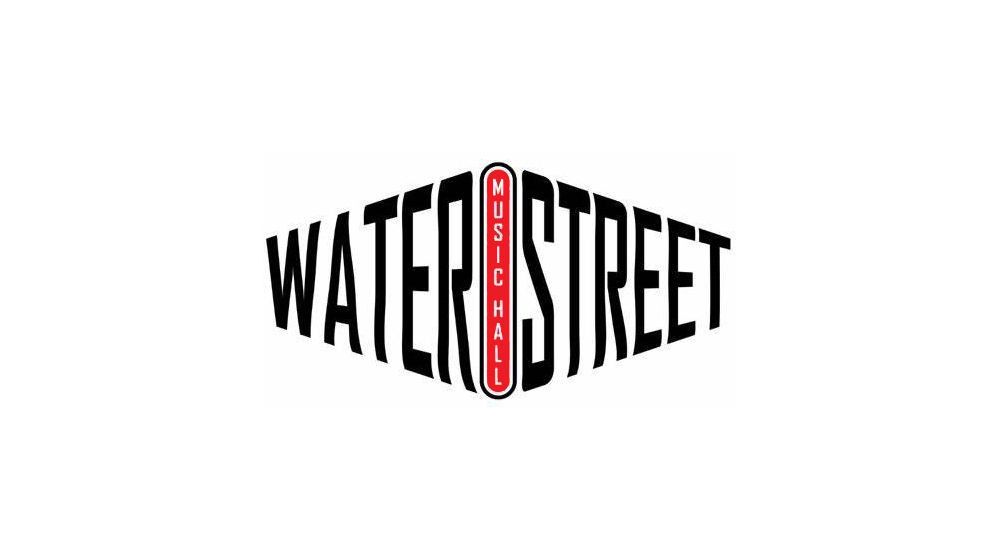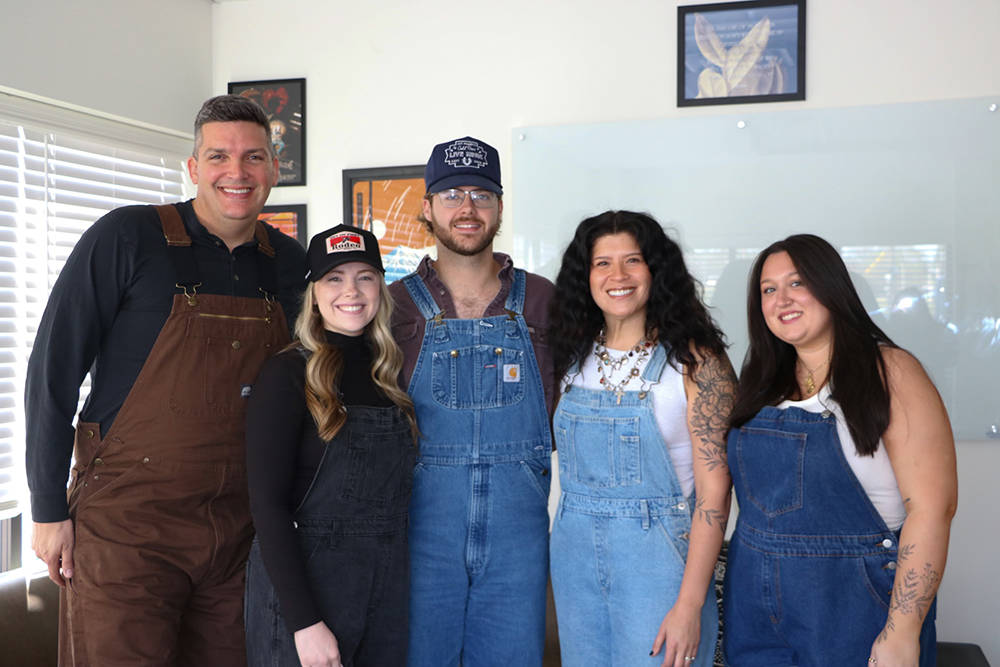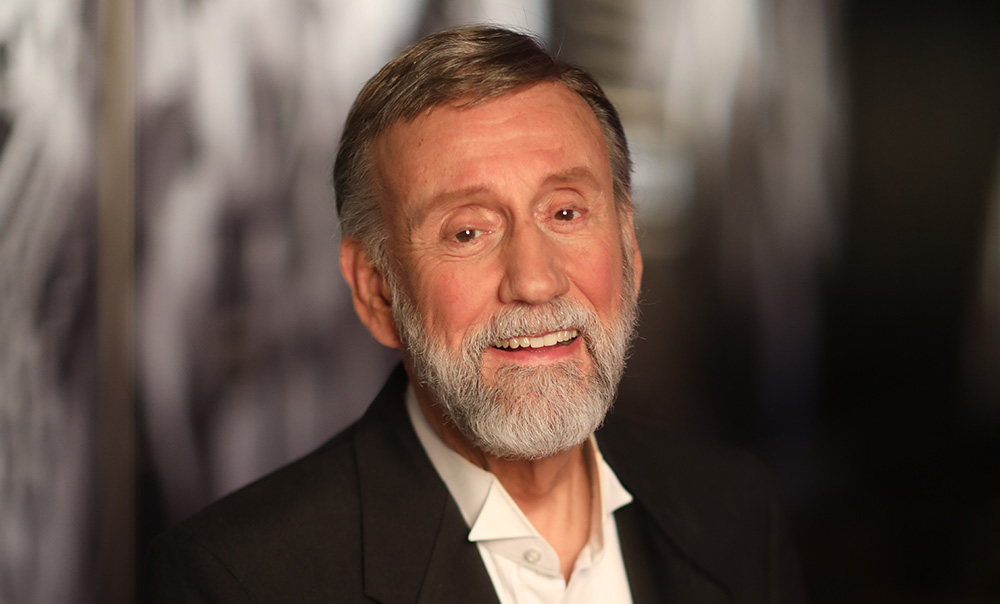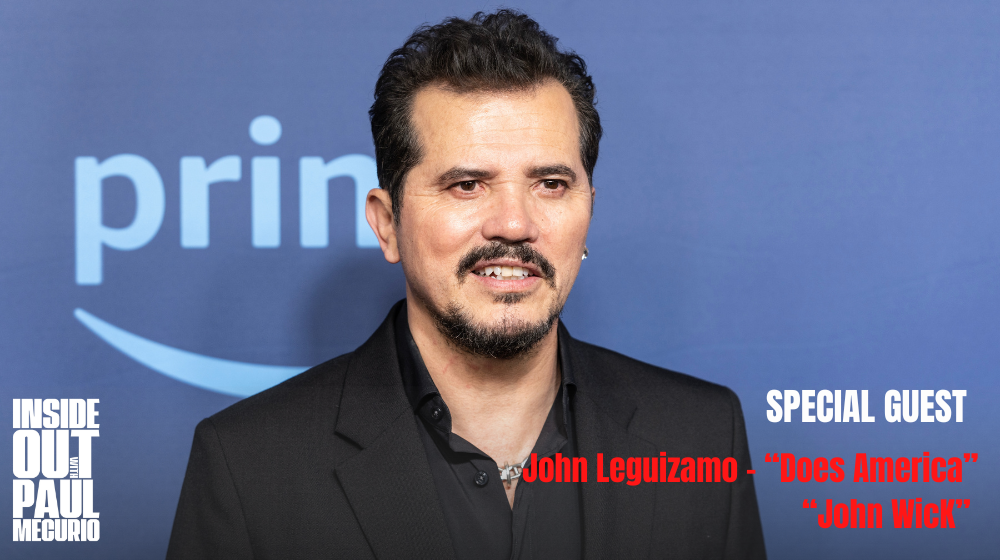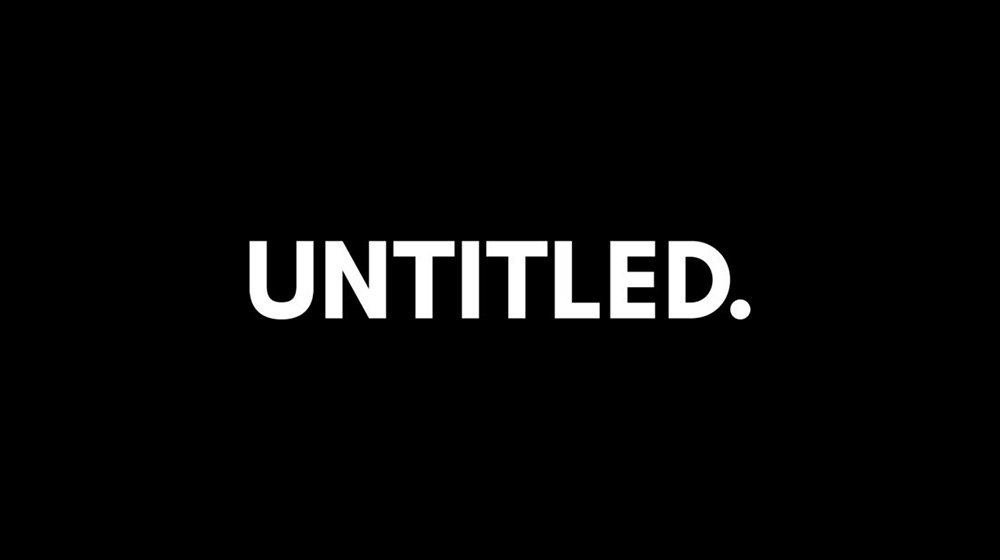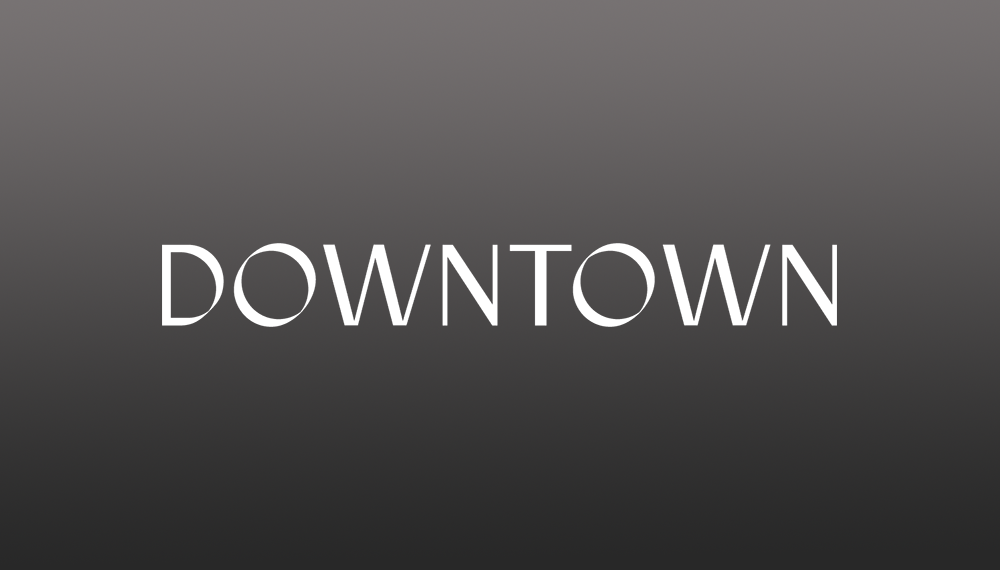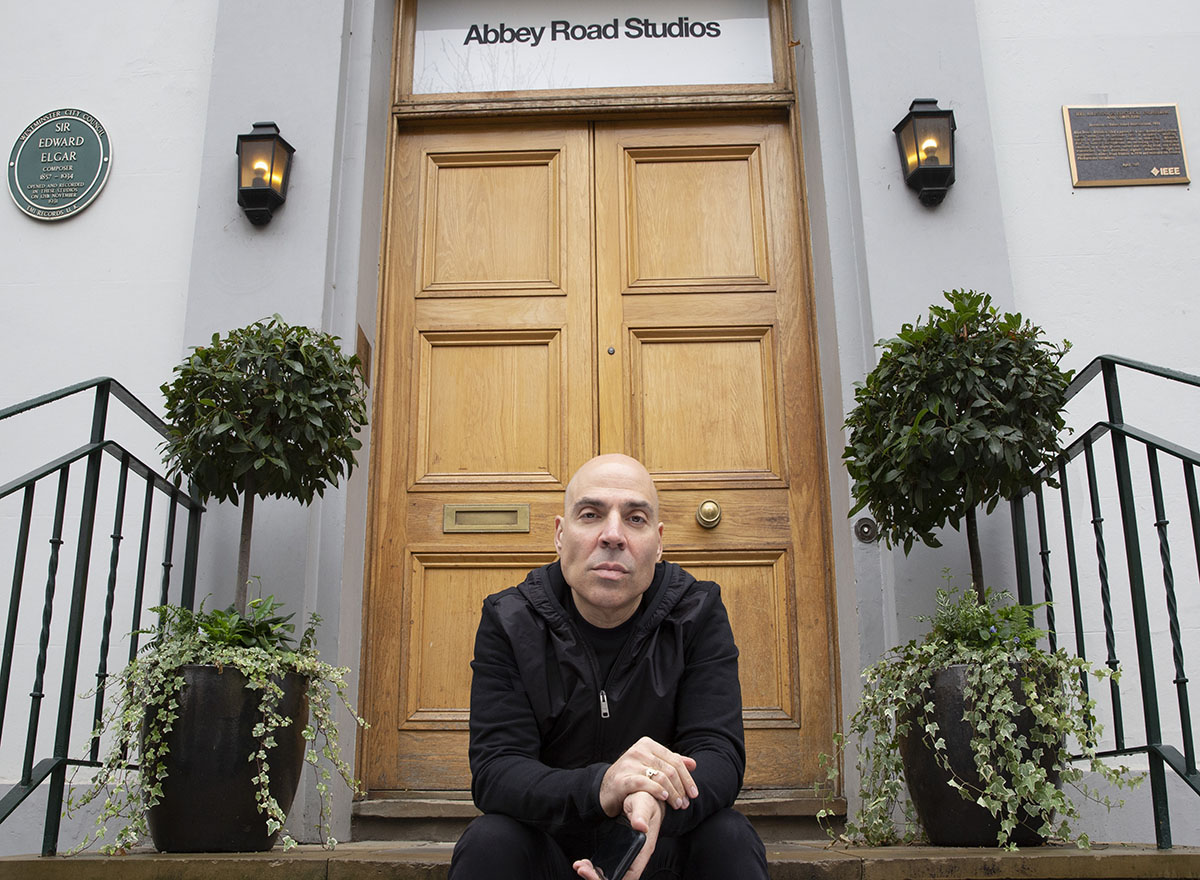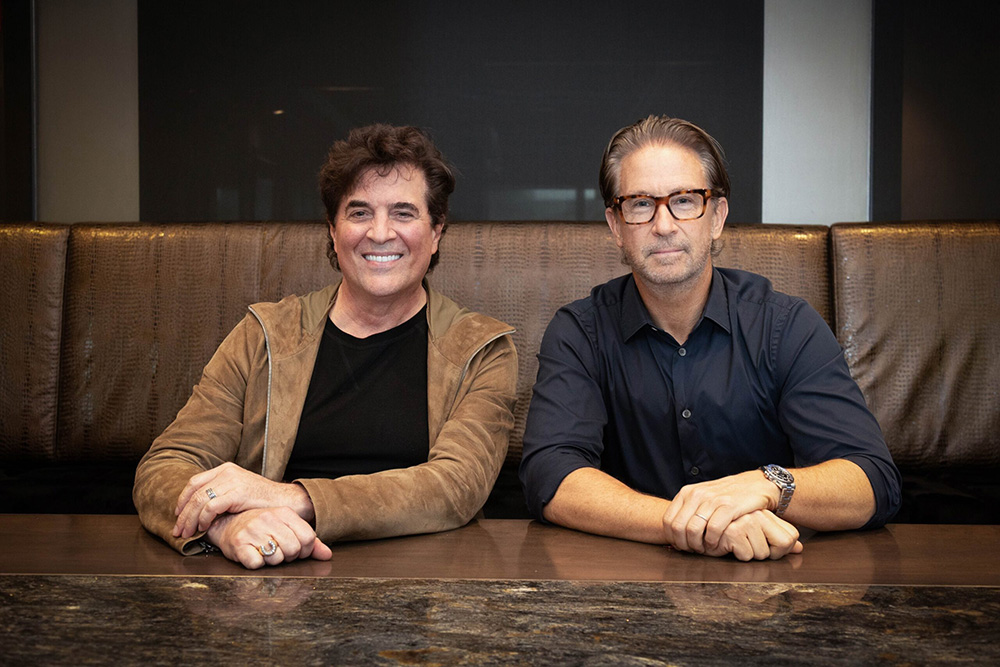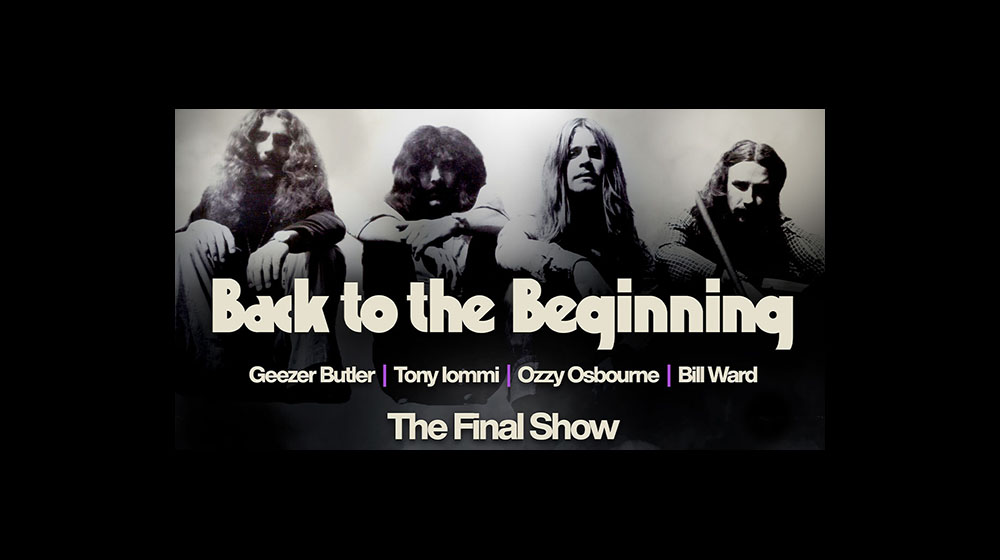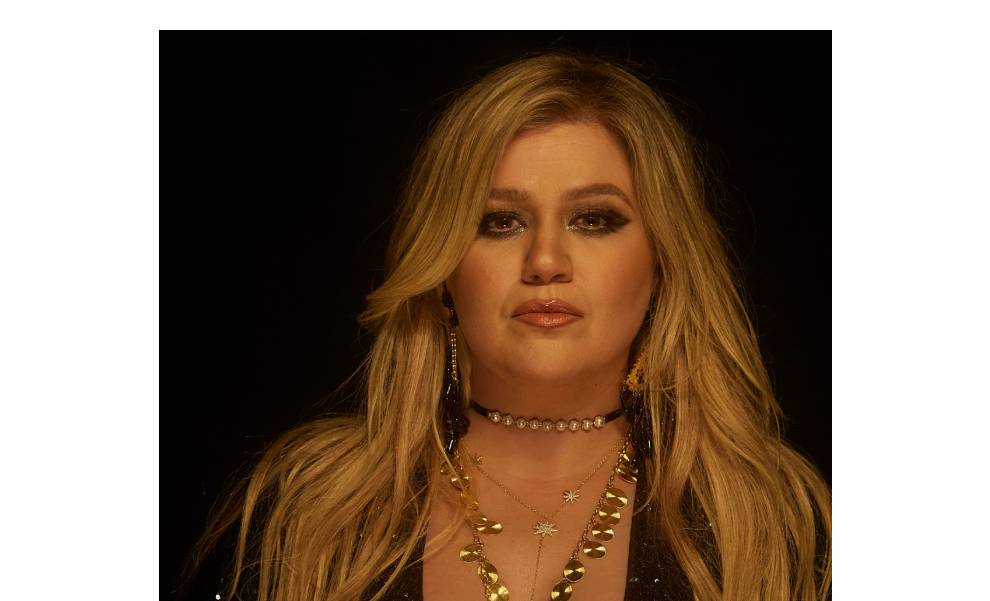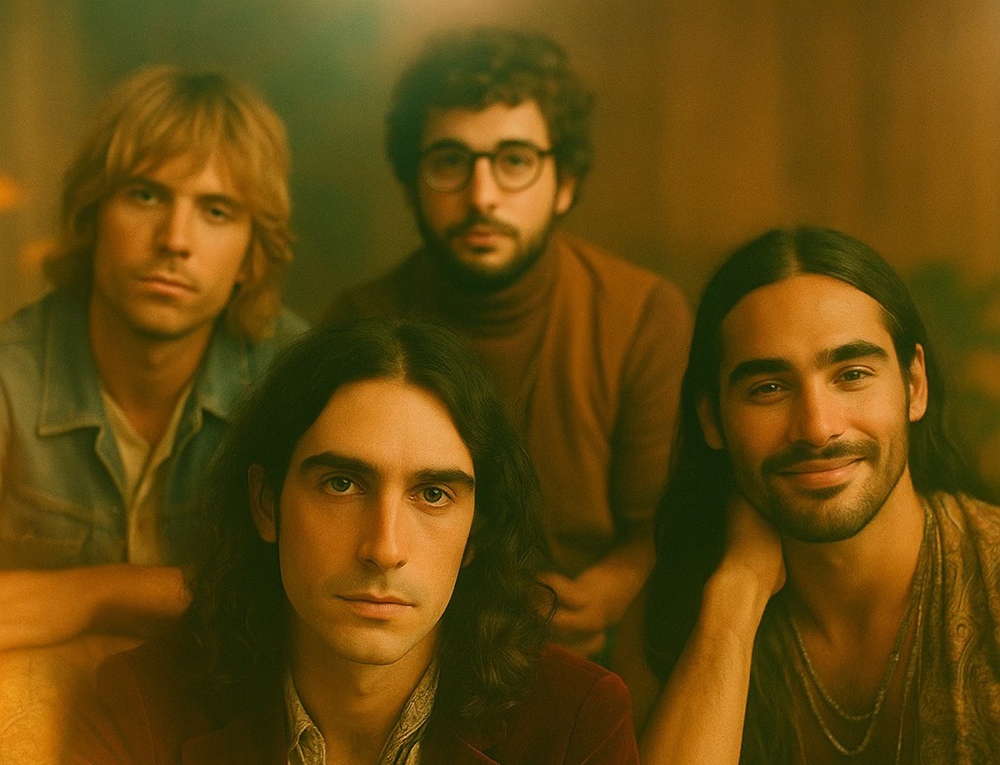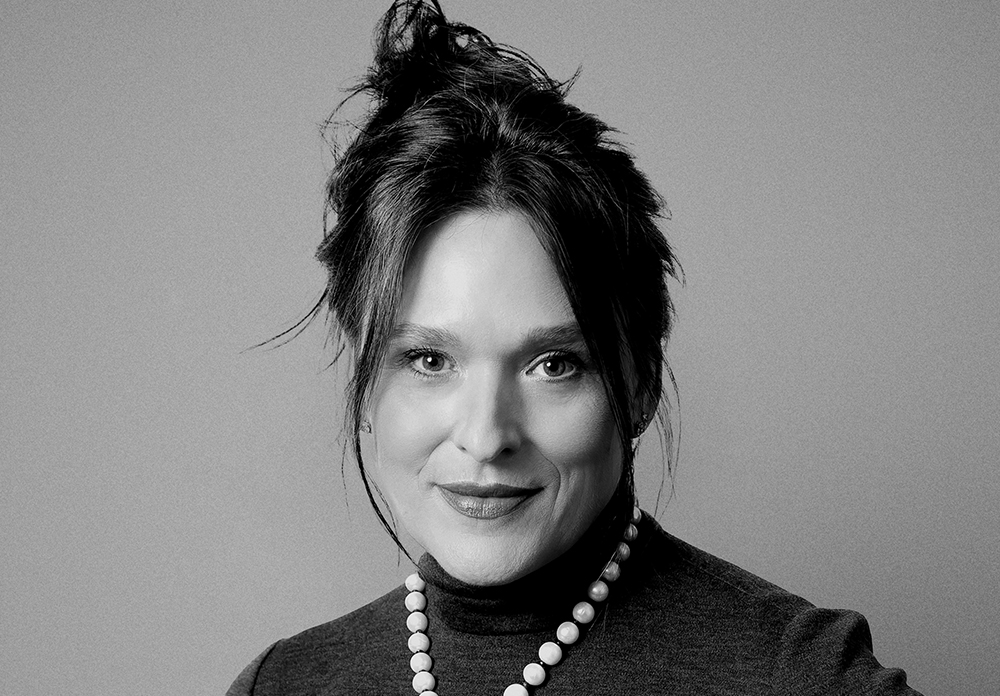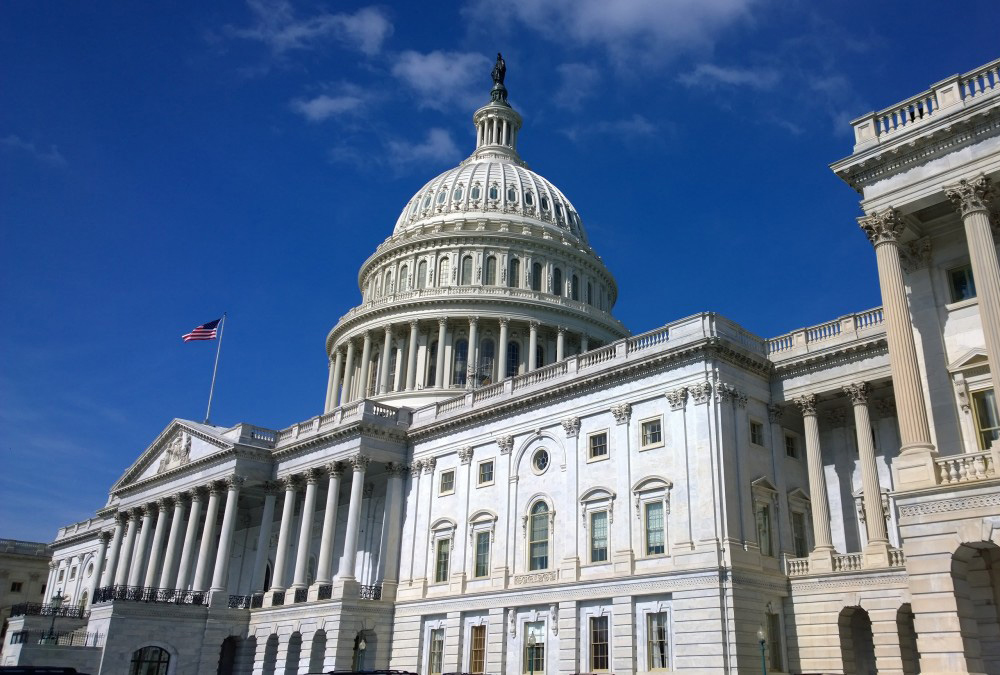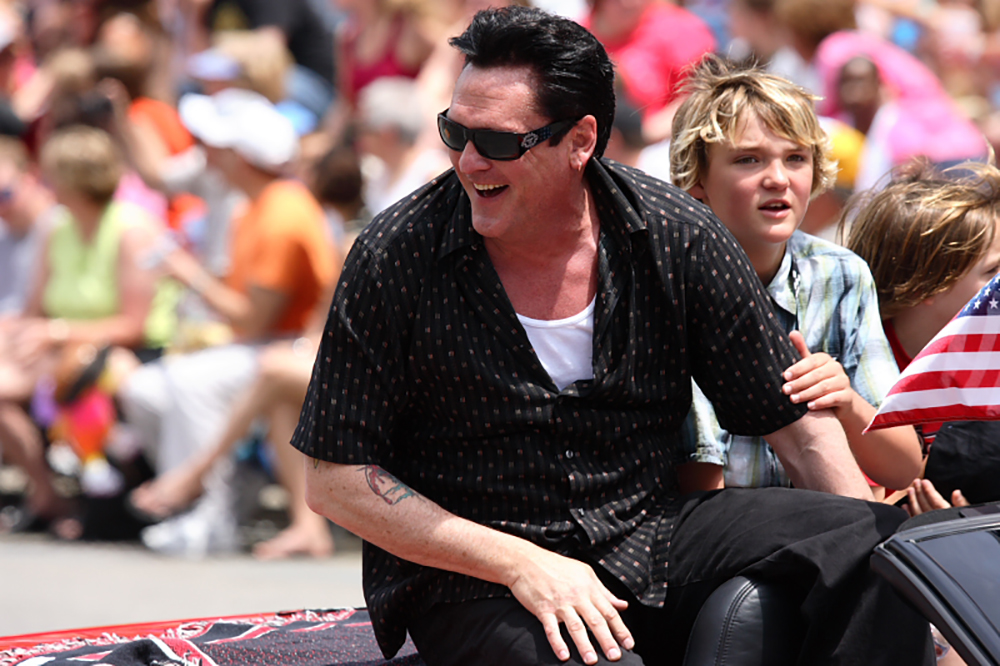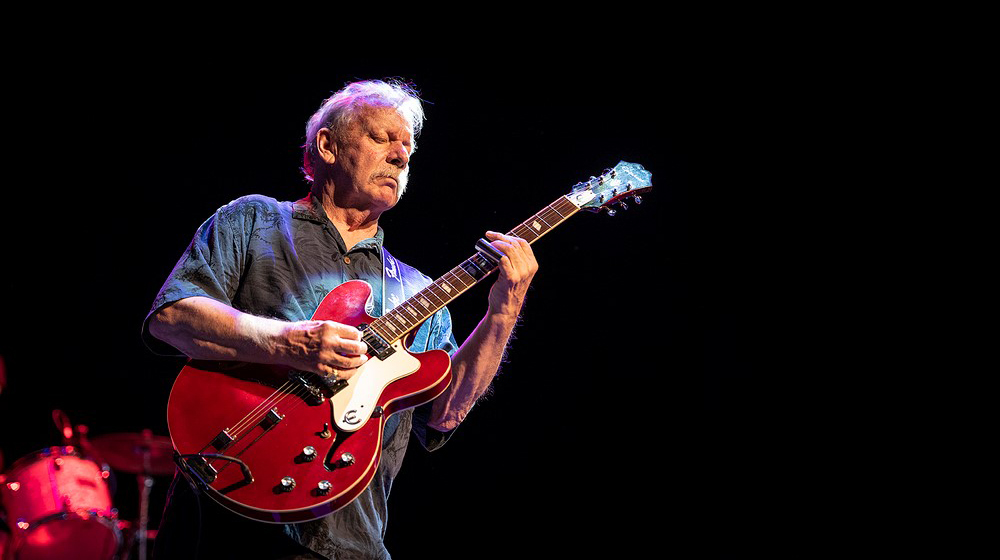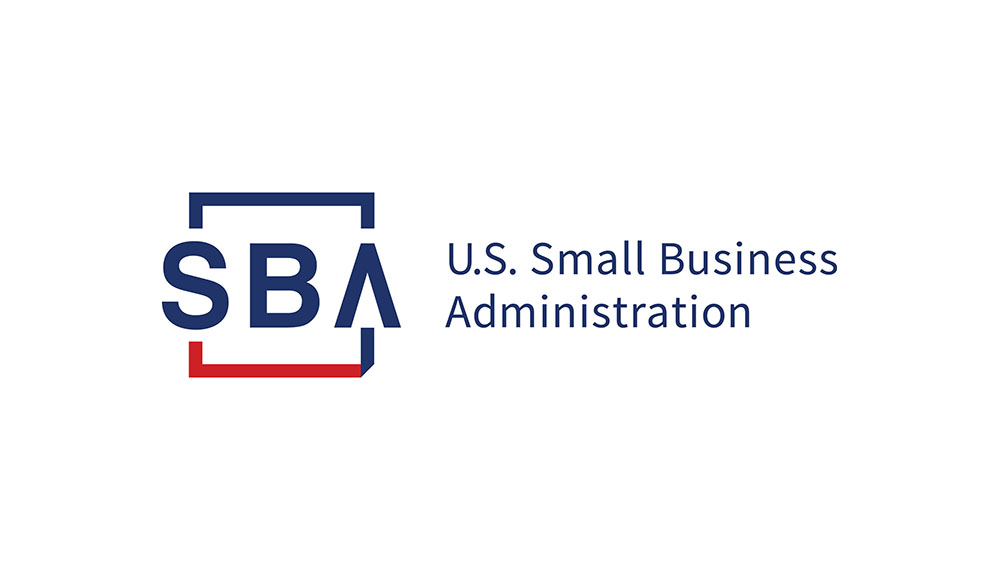(Hypebot) — David Macias, who runs Nashville-based label-services company Thirty Tiger, has been frustrated by the prevailing narrative that Spotify is an evil corporate giant picking the pockets of poor creators.
To Macias – who represents many artists that are thriving in part because of streaming – any discussion of streaming royalty payments should be far more nuanced.
Macias first shared his thoughts with Rolling Stone. Then Bob Lefestz published a more detailed accounting. Read David’s full argument below.
By David Macias of Thirty Tigers
Many artists are hurting these days. It’s become more difficult to earn a living as an artist. Anyone trying has my deep respect. For anyone who knows me and knows my company, Thirty Tigers, you know that our heart is squarely with the artist. We invest in artists; we work hard for artists. We try to help them navigate the industry so that they can earn the most money possible without sacrificing the quality of the effort in promoting their art, all while they maintain 100% ownership and control over their masters.
“Spotify is the current scapegoat for the ills of the working-class artist, despite them paying 63% of gross revenues back out to rights holders.”
So, it pains me when I see artists and those who love them misdiagnose the source of their difficulty. Spotify is the current scapegoat for the ills of the working-class artist, despite them paying 63% of gross revenues back out to rights holders. This is in relative parity to other DSPs and slightly higher than brick and mortar retail (60%), which is understandable given that they must pay for physical space to conduct business.
A note about rates: Spotify is pilloried for the fact that they pay a lower net rate than Apple or Tidal. The reason for this lower rate is that Spotify offers something that the others don’t – an ad-supported tier that pays at a lower rate because advertising does not bring in the amount of money subscriptions do. You can choose to feel aggrieved about the lower aggregate rate (which many do), or you can choose to be happy that people that can’t afford to pay $10 a month are given a way to participate in a way that allows for some royalties to be earned (which is how I feel). People can disagree in good faith about which approach is preferable, but it’s simply not the case that Spotify is just paying less to pad their bottom line. They bring in less revenue per listener but still pay out a commensurate percentage to the other DSPs.
Between DSPs like Spotify and companies like TuneCore, music is more democratized more than ever, to the point where the DSPs upload 60,000 new songs every day. Let me repeat that. 60,000. SONGS. PER. DAY. That’s the equivalent of over 2,100,000 albums of material a year. The US global market share is 53%, so let’s peg the number of albums (including track equivalents) released in the US at 1,100,000. By comparison, in 2004, the US music industry released around 50,000 albums.
I pick that year for a reason. It was the first year that the RIAA recorded any digital revenue, and it was also a year that nearly matches the dollar amounts made by the industry in 2020.
Let’s consider what life was like for artists in 2004….
If you aspired for national or international success, you were forced to sign with a label to get the resources and advocacy that you needed to reach an audience. Those deals were most often at terms that were not favorable to the artist. Labels were absolute gatekeepers, and they wielded that advantage like a cudgel.
Today, you don’t need anyone’s permission.
If you look at the playlists on the DSPs, you will find an abundance of independent artists, unaffiliated with anyone getting their shot. Spotify has taken great steps to democratize access to the playlists, by allowing anyone to pitch their music to the people who make the decisions on what goes on their playlists.
As an example, Spotify’s New Boots playlist currently features 20 artists on it whose work is copyrighted directly to the artist with no label affiliation listed. That playlist has over 800,000 followers.
I think of Russell Dickerson, who delivered proof of concept by having his music streamed over 25 million times before he was picked up by a label (one that I am affiliated with), who has helped him chart four consecutive singles at #1. Spotify changed his life. If this was 2004, he would have likely never gotten that opportunity.
“democratization has come at a cost”
However, democratization has come at a cost. Let’s consider the math of 2004 vs. 2020. Both years saw $12.2 billion earned by the industry. If you divide that amount by 50,000 albums released, the average album in 2004 earned $244,000 in revenues. If you divide that numbers by 1,100,000 albums, the average album earned $11,090. If you apply the 80/20 rule to the 2020 numbers (a business maxim that hypothesizes that 80% of sales comes from the top 20% of money earners), you can estimate that the 880,000 least commercially successful albums earned $2.44 billion in revenue, or $2770 per album.
Democratization has been a huge boon to independent artists in that it has given more artists a chance, but not been enough to earn them a living wage. The pie is being sliced so thin, that most artists are left hungry.
“…is it an artist’s right to earn a living from their art in a capitalist market?”
A painful question must be asked at this point: Is it an artist’s right to earn a living from their art in a capitalist market? In a country where the business-failure rate is 65% over ten years, should artists be immune from their businesses failing? As much as my heart goes out to anyone who is not able to make their dream come true, I would say that that answer is no.
Financially, the low point of the music business was in 2014. The RIAA figures for the retail value of all music sold then was $6.7 billion. As streaming has become the predominant way people consume music, that number has skyrocketed to that $12.2 billion figure in the US. That is a 75% increase in revenues in six years. Anyone who argues that streaming has been harmful to the ecosystem has billions of dollars to explain away when making their case.
I attended a music business conference presentation in the early 2000s, where the RIAA presented a study where they asked people who self-identified as avid music consumers how much money they spent a year on music. The average amount was about $60 a year. Remember, we’re making as much money now as then, so we really are talking apples-to-apples. If you want to subscribe to a streaming service, you are contributing $120 a year to the till. The contribution of the average consumer has roughly doubled, so is it any surprise that industry revenues have mirrored this doubling since the advent of streaming?
“how then can artists make enough money to survive?”
So how then can artists make enough money to survive? There are options for a patronage model like Patreon that can operate outside the revenue models of pre-recorded music. Though I am suspicious of the lasting value of NFTs, some artists are earning money creating singular goods that can be made available to fans. Though on the horizon, potential applications of direct funding through web3 applications may give artists an opportunity to monetize their creations more directly.
What I do not want to see happen is that artists misattribute the source of their problem and undermine the DSPs that have played a huge role in the democratization of independent music.
Is Spotify perfect? Far from it. I won’t touch the Joe Rogan issue. That’s a matter of conscience for artists and their advocates. Do I wish that Spotify were not joining other DSPs in appealing the Copyright Royalty Board’s ruling that pays the publishers and songwriters 15% of revenues? Absolutely. When artists I work with have walked into their NYC offices, as often as not, I hear about the opulence of their offices and the perks that are made available to their employees on full display. On a gut level, the artists correlate these with their lower royalty rate (explained above) as compared to other DSPs. Spotify, I tell you these things as your friend. Sometimes you don’t do yourselves any favors.
“vilification is easy”
Vilification is easy. I’ve heard that it’s not the people, it’s the system that is broken. To that, I counter that any system that has increased parity and overall revenues is not a broken system. There is just way, way, WAY more music available, and though the pie is growing, it’s unable to feed everyone. Artists need to understand the reality of the situation and be clear eyed about what battles they need to be fighting. My contention is that dismantling the existing system without a replacement will harm independent artists.
My heart is with all of you, and I wish you all the best.

